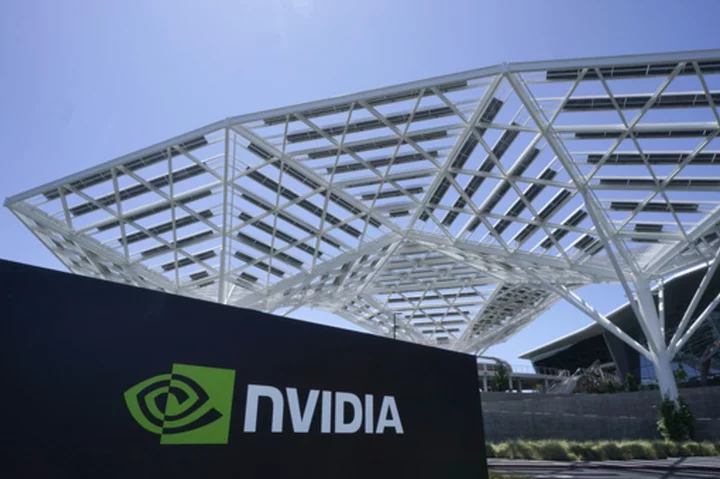
Nvidia's rising star gets even brighter with another stellar quarter propelled by sales of AI chips
Computer chip maker Nvidia has rocketed into the constellation of Big Tech’s brightest stars while riding the artificial intelligence craze that’s fueling red-hot demand for its technology
2023-08-24 05:23

X appears to slow load times for links to several news outlets and rival platforms
Link loading times to some Twitter competitors and news media sites posted to X, the social media platform formerly known as Twitter, appeared to be delayed or throttled for much of Tuesday.
2023-08-16 06:29

Did MrBeast have 'mental breakdown'? Fans extend support to 'dedicated' YouTuber: 'Respect how hard he works'
MrBeast said, 'I’m miserable a lot of times, I have a mental breakdown every other week because I push myself so hard'
2023-06-30 15:25

McDonald's break silence on the Grimace shake TikTok trend
It’s the most unexpected food trend of the year so far, and now McDonald’s has broken its silence on the Grimace shake going viral. In case you missed it, TikTok has been completely obsessed over a limited edition purple-coloured milkshake over recent days. Grimace has been a mascot in McDonald’s marketing for decades and the fast food giant honoured the 52nd birthday of the character by introducing the new item to menus in the US. Only, since then, TikTok users have made it the focus of a strange trend – which sees them drink it, then pretend to be dead after consuming it. Sign up to our free Indy100 weekly newsletter Typically, the clips see someone sip the drink, before cutting to them in a fake crime scene looking like they’ve been poisoned. Gen Z is always finding new ways to surprise us, and the odd trend has racked up millions of hits. @wheresxander the foot twitch… it’s grimace taking over. #grimaceshake #grimacesbirthday Now, McDonald’s has addressed the trend with a lighthearted Tweet. The official account posted a picture of a Grimace mascot, writing: “meee pretending i don't see the grimace shake trendd.” The milkshake is only set to be on the menu for a limited time, but it looks like the trend isn’t going anywhere just yet - and the memes keep coming thick and fast. Have your say in our news democracy. Click the upvote icon at the top of the page to help raise this article through the indy100 rankings.
2023-06-28 22:52
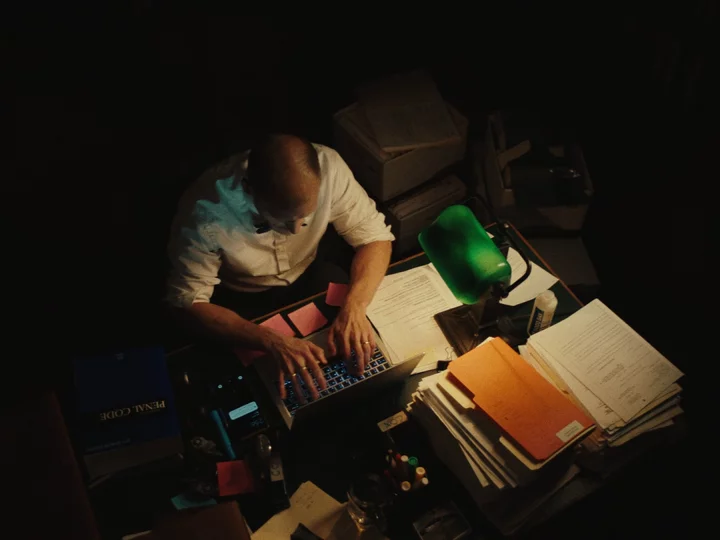
'Forgiving Johnny' review: Exploring a paperless framework for restorative justice
In a pre-climactic scene from new short documentary film Forgiving Johnny, a Los Angeles Public
2023-09-12 19:49

ADDING MULTIMEDIA John West Appointed VP of Business Development and Strategy at Tyto Athene, LLC
HERNDON, Va.--(BUSINESS WIRE)--Aug 14, 2023--
2023-08-15 00:25
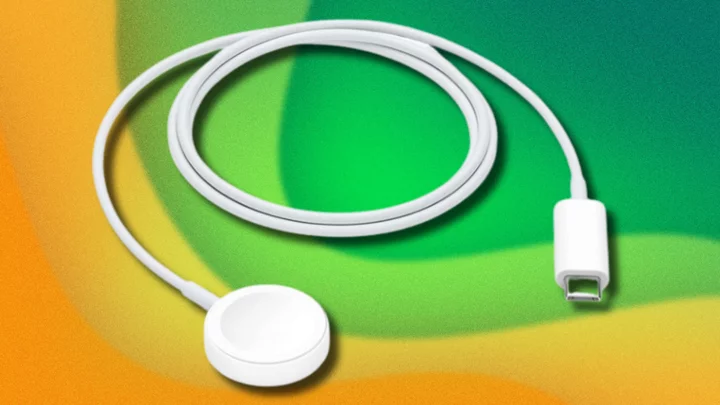
Grab the new Apple Watch Magnetic Fast Charger to juice up your new smartwatch
SAVE $8: The Apple Watch Magnetic Fast Charger is on sale for $21.99 at Woot!
2023-09-16 01:20

‘Hostile states using organised crime gangs as proxies in the UK’
Hostile states are using organised crime gangs to carry out illegal activity in the UK, the head of the National Crime Agency has warned. NCA director-general Graeme Biggar highlighted “the emerging links between serious and organised crime and hostile states” in a speech outlining the agency’s annual assessment of crime threats to Britain. Speaking in Westminster, central London, on Monday, he said: “North Korea has for some time used cybercrime to steal funds and more recently cryptocurrency. “The Russian state has long tolerated and occasionally tasked the cybercrime groups on its territory, and had links with its oligarchs and their enablers. “And over the last year we have seen hostile states beginning to use organised crime groups – not always of the same nationality – as proxies. “It is a development we and our colleagues in MI5 and CT (counter-terrorism) policing are watching closely.” Mr Biggar said the biggest group of offenders in the UK is those who pose a sexual threat to children, estimated to be between 680,000 and 830,000 people – around 10 times the prison population. He warned that the availability of abuse images online has a radicalising effect by normalising paedophiles’ behaviour, and that viewing images, whether real or AI-generated, increases the risk of someone going on to abuse a child themselves. There are around 59,000 people involved in serious organised crime in the UK, with around £12 billion generated by criminal activities each year, and around £100 billion of dirty cash from across the globe laundered through the UK. Key threats to the UK include: – Criminals exploiting migrants travelling to the UK in small boats. The number of arrivals doubled to more than 45,000 in 2022, with gangs using “bigger, flimsier, single-use boats” and packing more people on to each craft, Mr Biggar said. – Illegal drug use that fuels a raft of other crimes including violence, theft, use of guns and modern slavery. Nearly 120 tonnes of cocaine and 40 tonnes of heroin are consumed in the UK every year, and NCA analysis of waste water suggests cocaine use is increasing by 25% in some areas. The agency wants to stop the use of synthetic opioids like fentanyl getting a hold here as they have done in the US. – Online fraud, which accounts for more than 40% of all crime. Mr Biggar said: “We assess that 75% of fraud is partially or fully committed from overseas. Generative AI is also being used to make frauds more believable, through the use of ever better deep fake videos and Chat GPT to write more compelling phishing emails.” Mr Biggar said developments in technology such as increased use of end-to-end encryption are making the agency’s work harder. He finished his speech by saying: “Law enforcement, including the NCA, needs to do more to be at the leading edge of new technology: this will require collective vision and sustained investment. “And, secondly, we need more effective strategic partnership from technology companies. “This is about responsible behaviour about designing public safety into their products alongside privacy, so that we all reap the benefits from technology, rather than suffering their consequences.” Read More Charity boss speaks out over ‘traumatic’ encounter with royal aide Ukraine war’s heaviest fight rages in east - follow live Kim Kardashian, Rylan Clark and Dalai Lama among those joining new app Threads Mastercard helping banks predict scams before money leaves customers’ accounts Art historian helps build new Assassin’s Creed game after son’s suggestion
2023-07-17 19:52

How much did Kai Cenat get paid for doing promos? Streamer says 'it was crazy'
Kai Cenat dished about his early beginnings in streaming and a lucrative promotion deal he got his hands on in an interview
2023-07-22 16:56
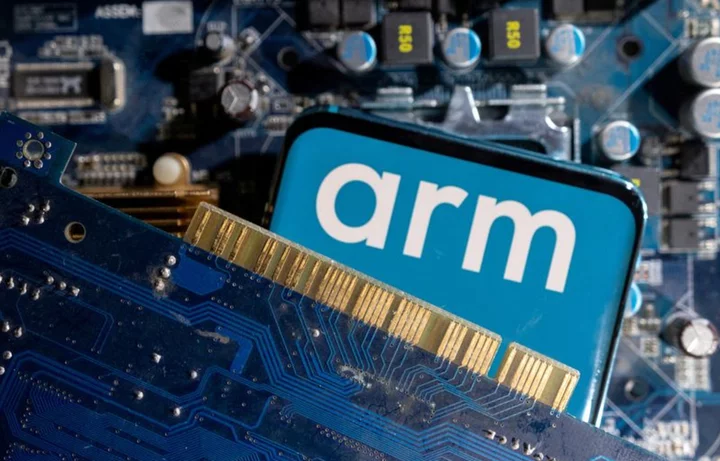
Exclusive-SoftBank's Arm eyes pricing IPO at top of range or above-sources
By Echo Wang and Anirban Sen NEW YORK Arm, the chip designer owned by SoftBank Group Corp, is
2023-09-11 06:25

The Earth’s axis is shifting because of water
We’re discovering new things about the Earth all the time – just like scientists recently found water is slowly leaking down there from the surface, and people only just realising that there’s a massive ocean hidden under the Earth’s crust. Now, experts have found that the Earth’s axis appears to be shifting for a reason no-one saw coming. Essentially, the Earth’s tilt is changing over time. A few years ago, scientists put this down to global warming and the melting of the polar ice caps. However, experts have published new research which suggests that groundwater extraction is also playing a bigger factor than previously thought. The Earth’s poles can move with the melting of ice sheets. However, the depletion of groundwater caused by irrigation can also force the same thing to happen. While things are moving at a slow rate, with the North Pole moving gradually in the direction of the UK, the phenomenon does have the capacity to change the Earth’s seasons over time in theory. The most concerning thing, though, is what the new study published in Geophysical Research Letters suggests about the way we’re consuming Earth’s natural resources – especially when it comes to salty water being used on dehydrated land. Ki-Weon Seo of National University is co-lead on the study. She said in a statement: "Earth's rotational pole actually changes a lot. Our study shows that among climate-related causes, the redistribution of groundwater actually has the largest impact on the drift of the rotational pole." It comes after scientists recently discovered water is slowly leaking down there from the surface. The liquid is dripping down descending tectonic plates, before eventually reaching the core after a 2,900 kilometre journey. And while the process is slow, it has over billions of years formed a new surface between the molten metal of the outer core and the outer mantle of the Earth. Sign up for our free Indy100 weekly newsletter How to join the indy100's free WhatsApp channel Have your say in our news democracy. Click the upvote icon at the top of the page to help raise this article through the indy100 rankings
2023-11-22 23:49
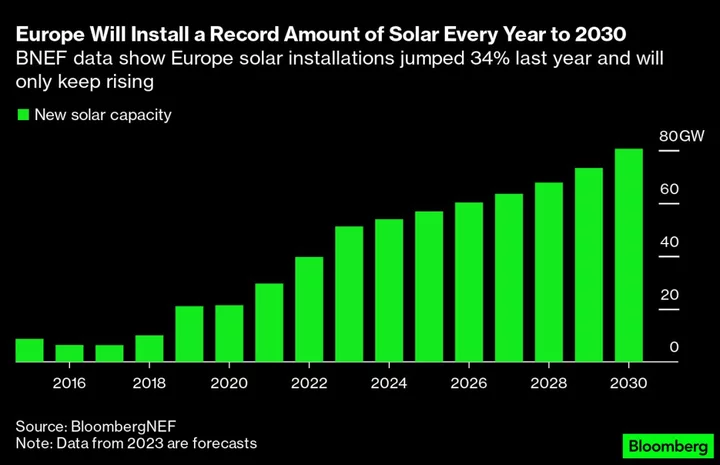
European Power Prices Fall Below Zero With Green Power Boom
Electricity prices across Europe are set to fall below zero this weekend as the continent experiences a surge
2023-07-14 22:24
You Might Like...

NBA 2K24 Best Dunk Package: Current and Next Gen
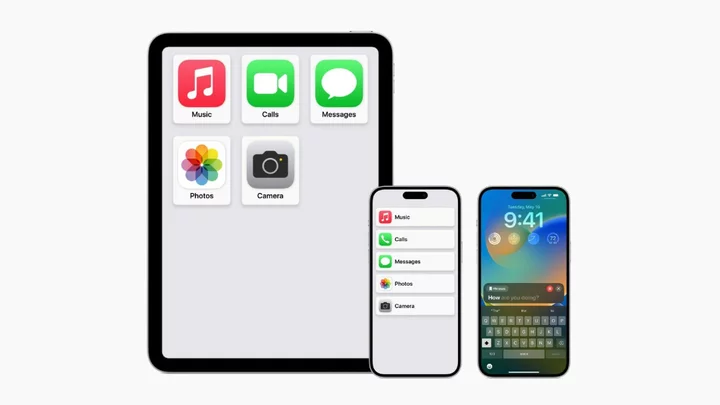
Apple previews new accessibility tools, including Live Speech and Assistive Access
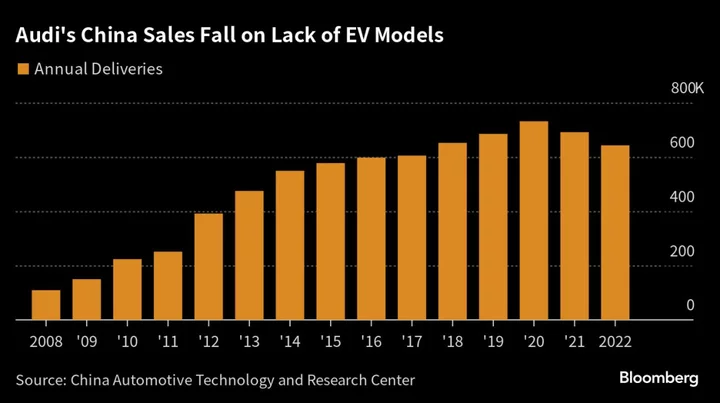
Volkswagen Takes $700 Million Xpeng Stake for EV Pact to Win Back China
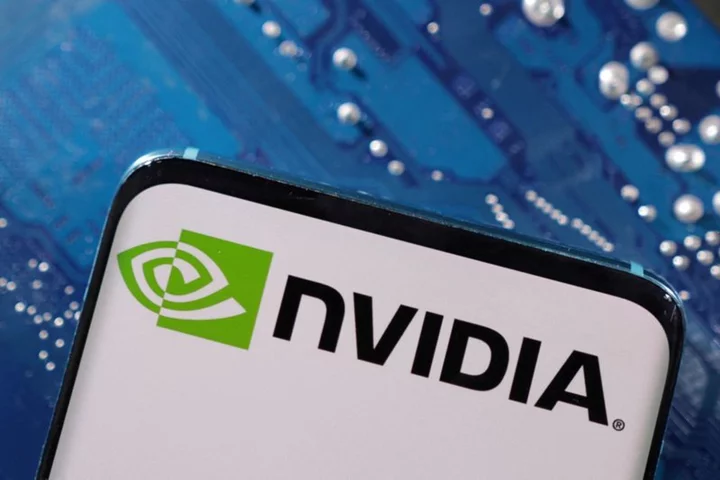
Factbox-Nvidia joins tech titans in trillion-dollar club
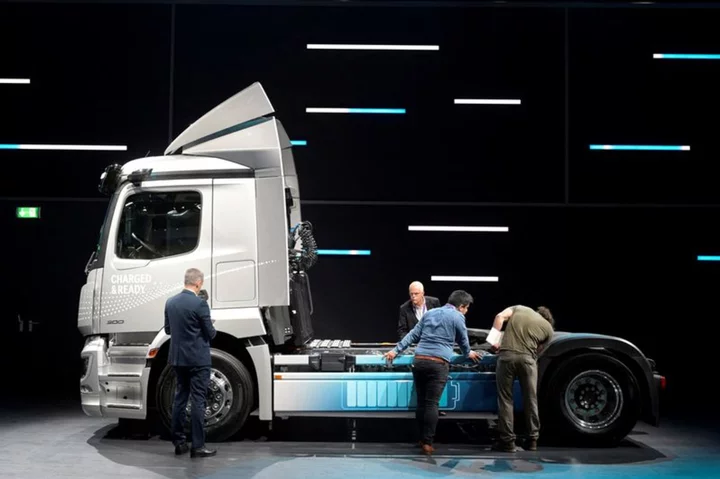
Daimler Truck sees revenue growing as it focuses on autonomous vehicles
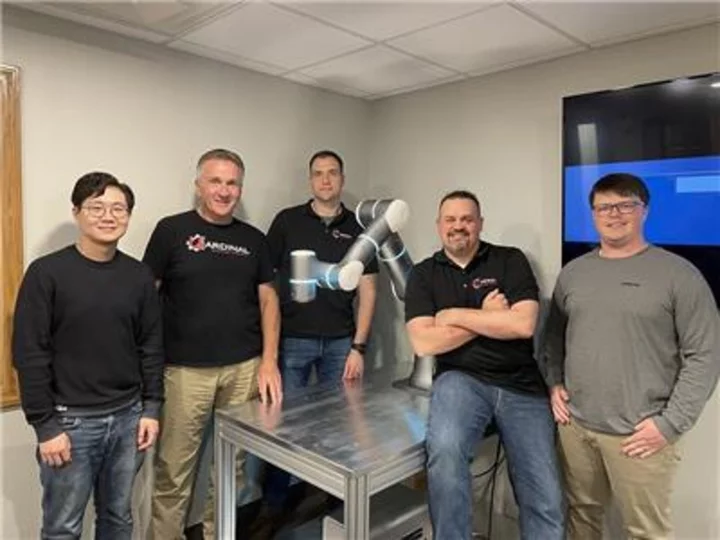
Flexiv and Cardinal Machine Join Forces to Combat Labor Shortages With Adaptive Robots

Cassette Beasts Review

Renesas Introduces R-Car S4 Starter Kit That Enables Rapid Software Development for Automotive Gateway Systems
